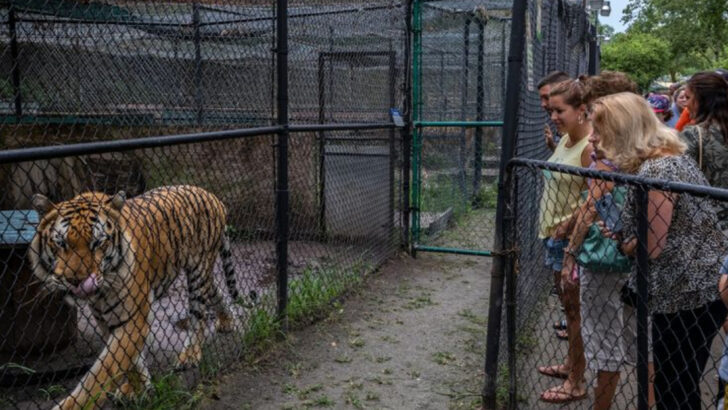Locking wild animals behind bars isn’t conservation—it’s cruelty dressed as entertainment.
Imagine being born to roam, to hunt, to explore vast, untamed land—only to end up pacing a concrete cell the size of your bathroom.
This isn’t a jungle. It’s a prison with fake rocks.
Lions, elephants, polar bears—they weren’t built for spectators and souvenir stands. They were built for freedom, challenge, danger, and choice.
Zoos may boast about education and protection, but too often, they trade lives for likes, and wild instincts for captivity.
It’s time to pull back the curtain and question the cages. Because what’s on display isn’t just the animals—it’s our values.
Loss of Natural Habitat
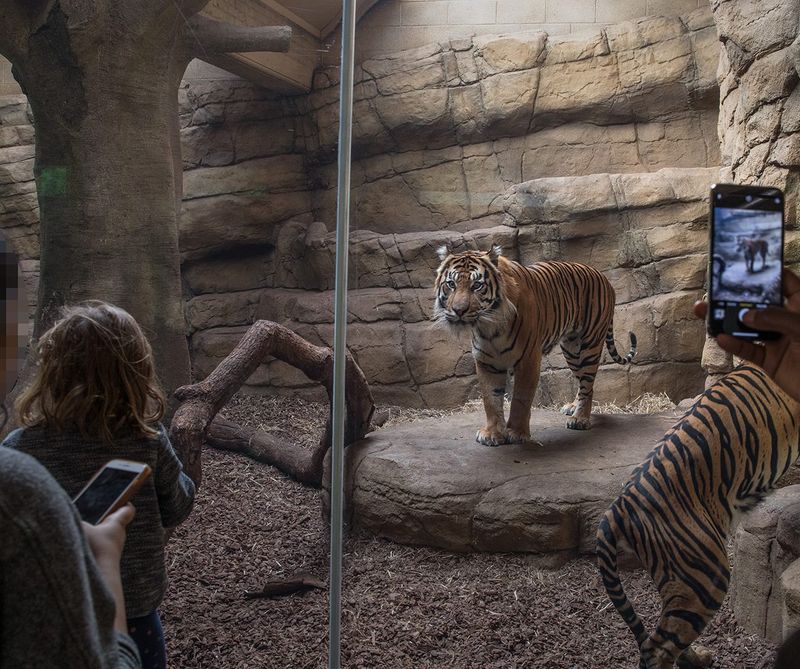
Imagine being taken away from your home and placed in a space that mimics it, but doesn’t quite feel the same. This is the reality for zoo animals, whose natural habitats are reduced to artificial enclosures.
The loss of natural habitat means animals can no longer engage in the behaviors they would in the wild, such as hunting, migrating, and socializing freely. This impact is profound, as these activities are essential to their mental and physical health.
Animals thrive in environments designed by nature, not by humans, making zoos an unsuitable substitute for their true homes.
Psychological Stress and Stereotypic Behavior
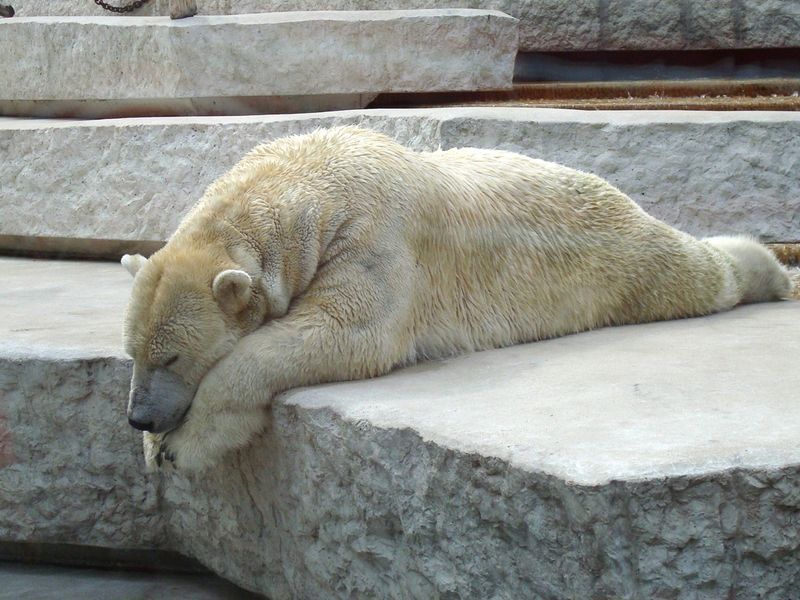
In the hustle and bustle of a zoo, it’s easy to overlook the subtle signs of distress exhibited by animals. Stereotypic behaviors, such as pacing, are repetitive actions often stemming from stress and boredom.
These behaviors indicate psychological distress, which can arise from the inability to express natural instincts. The lack of stimuli in confined spaces exacerbates the issue, leading to a cycle of anxiety.
Animals, like humans, need mental engagement and freedom. When deprived, their well-being deteriorates, highlighting the ethical dilemma of keeping them in zoos.
Limited Space and Lack of Freedom
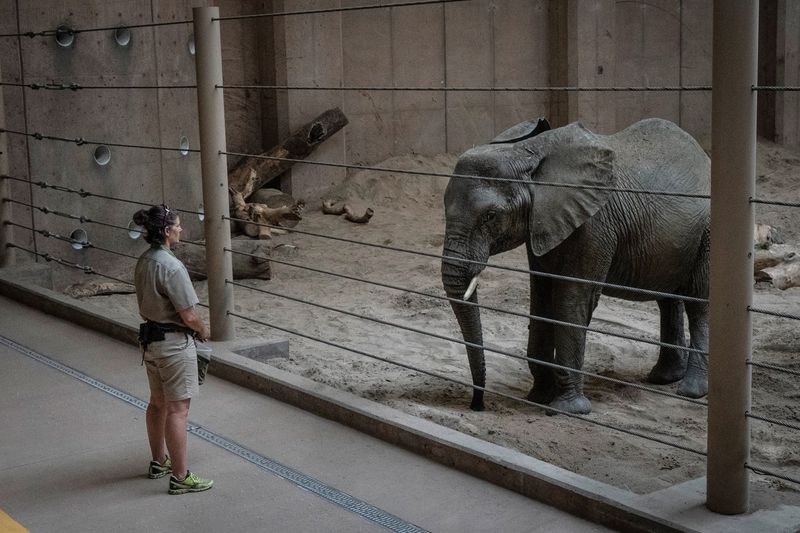
Picture an elephant, a majestic creature of the wild, constrained within the limits of a small enclosure. The scale of such confinement is staggering when compared to the vast landscapes they roam in nature.
Space is crucial for animals that need to wander, hunt, and interact. In zoos, their movements are restricted, leading to physical and mental stagnation.
Freedom is not a luxury but a necessity for these creatures. Without it, their spirit and health suffer, calling into question the morality of their captivity for human amusement.
Disrupted Social Structures
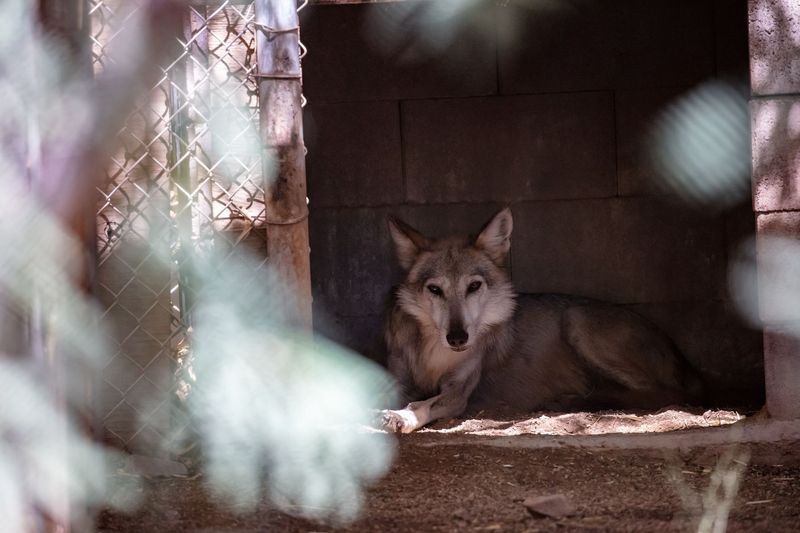
Wolves are known for their intricate social structures, often living in close-knit packs. Yet, in zoos, these social dynamics are disrupted, leaving animals isolated or forced into unnatural groupings.
The lack of authentic social interaction can lead to loneliness and depression, as animals are deprived of their familial bonds and social rituals. This disruption affects not only their behavior but also their breeding success and longevity.
Animals need their communities, and when separated from them, they lose a vital part of their identity and well-being.
Educational Misrepresentation
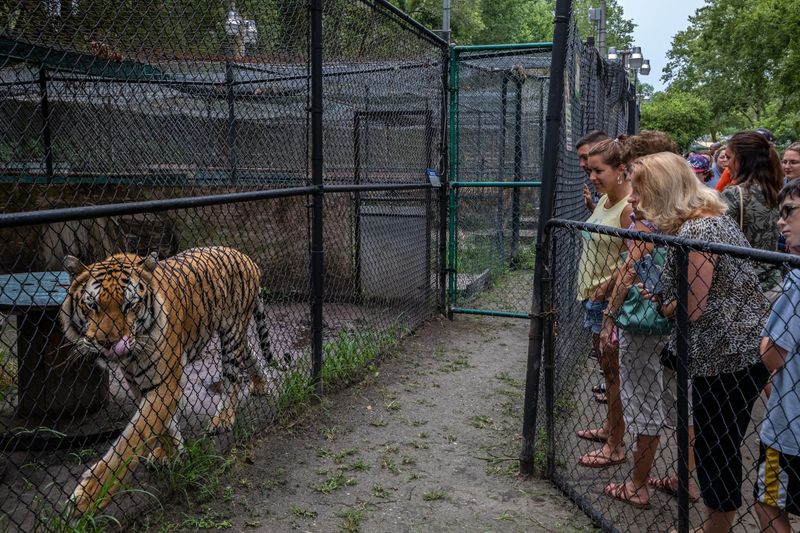
While zoos claim to educate the public, they often offer a simplified view of wildlife. A tiger pacing in a cage does not reflect its true nature or the complexity of its role in the ecosystem.
This misrepresentation can lead to misconceptions about how animals live, behave, and interact in the wild. Education should inspire respect and understanding, not serve entertainment under the guise of learning.
True education involves seeing animals in natural settings, fostering a genuine appreciation for their lives and the conservation of their habitats.

